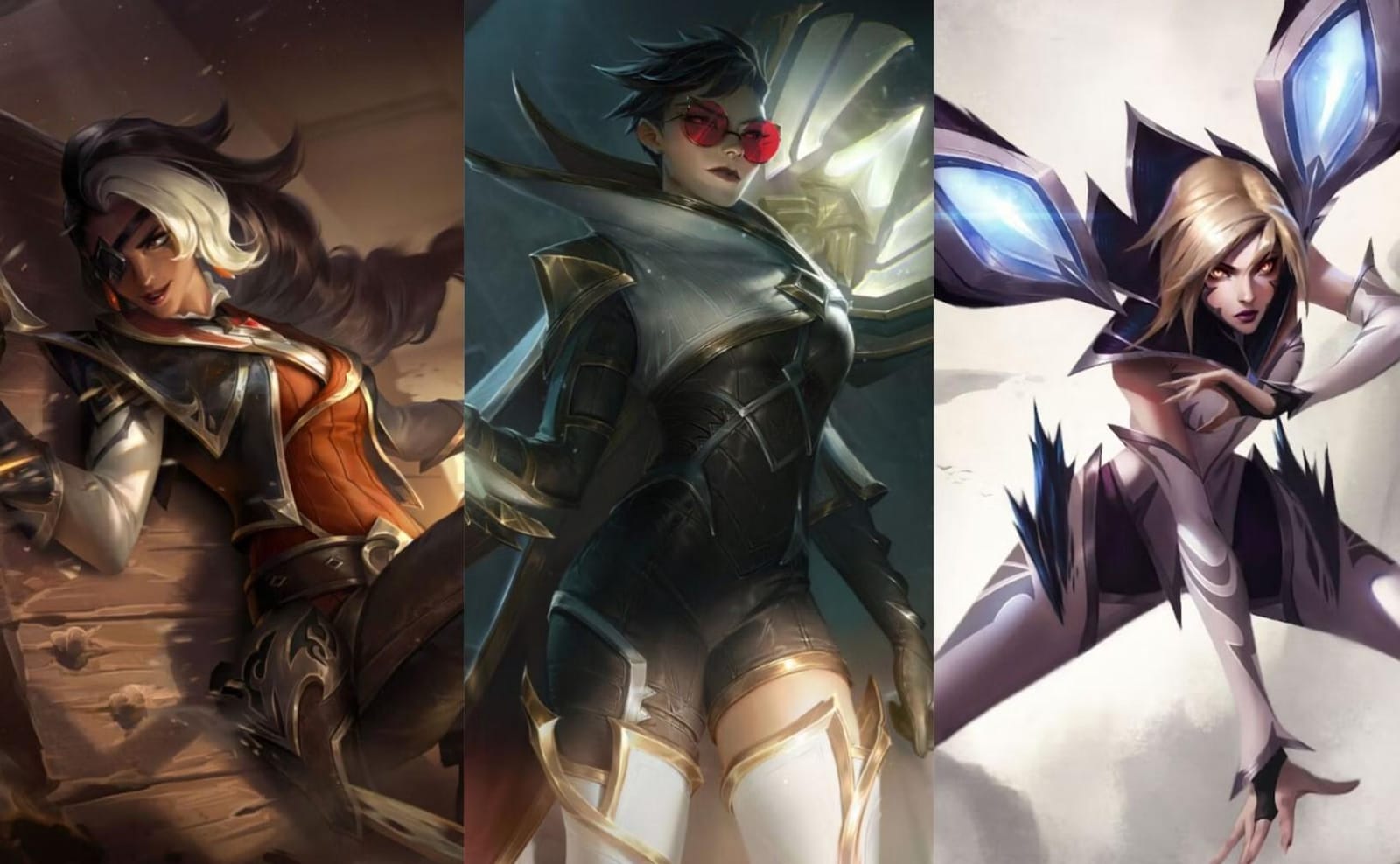

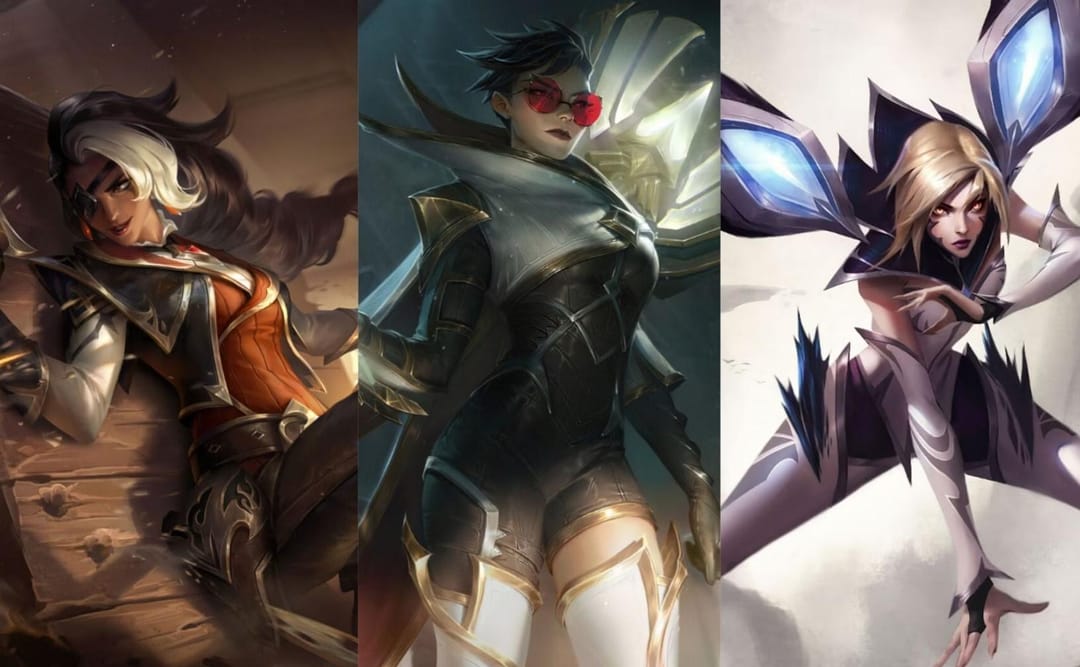
ADC (Attack Damage Carry) is primarily situated in the bot lane alongside the support. ADCs are typically characterized by their ability to deal sustained physical damage from range, especially as the game progresses. This guide will delve into everything you need to know about ADC coaching and pro tips on dominating in League of Legends and climbing up the ranks instantly.

Ranged Champions: Unlike bruisers or tanks, ADCs generally attack from a distance, using their range to deal damage while trying to avoid frontline chaos.
Scaling Power: While some champions might be powerful early-game bullies, ADCs are renowned for their late-game strength. They often require time and items to scale into damage powerhouses.
Item Dependence: ADCs rely heavily on gold to buy items that boost attack damage, speed, and critical strike chance. That makes farming and securing kills paramount to their success.
Vulnerable Nature: Due to their squishy nature and lack of built-in tankiness, ADCs can be prime targets. Positioning and awareness are essential, as ADCs can be easily taken down if caught out of position.

Early Game: ADCs focus primarily on farming during the early phases, securing as much CS (Creep Score) as possible. They rely on their support for protection and engage opportunities, looking for safe trades and potential kills.
Mid Game: As turrets fall and teams start to group, ADCs become central in skirmishes and team fights. They should be dealing consistent damage while relying on their team for protection.
Late Game: This is where ADCs shine the most. With multiple items, they can melt through enemy lines if protected well. Their damage output becomes vital in securing objectives like the Dragon and Baron or pushing for the win.
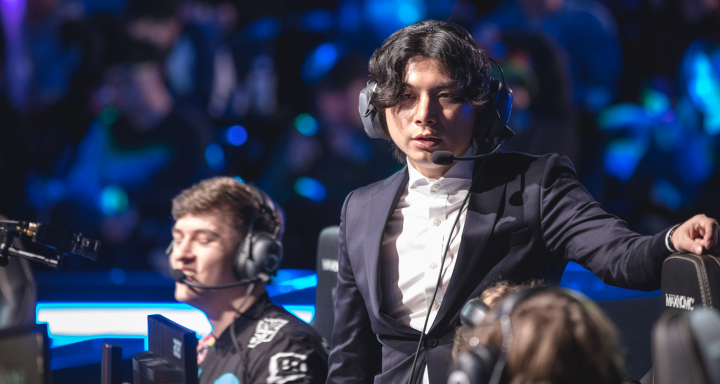
Understanding ADC Champion Kits: Each ADC champion in LoL boasts a unique kit - a blend of abilities that defines their playstyle. Distinguishing between the intricate mechanics of Kai'Sa's plasma stacks and Jhin's four-shot rhythm is the foundation for effective ADC coaching.
The ADC Mindset and Positioning: An ADC's positioning is often the fine line between victory and defeat. Training an ADC means honing their instinctual placement, whether skirting at the backlines or choosing the perfect moment to engage.
Importance of CS (Creep Score): CS might seem like a mere number for the new players. But seasoned players recognize it as the ADC's lifeline. A well-coached ADC understands the cadence of last-hitting, freeze tactics and when to prioritize CS over harass.
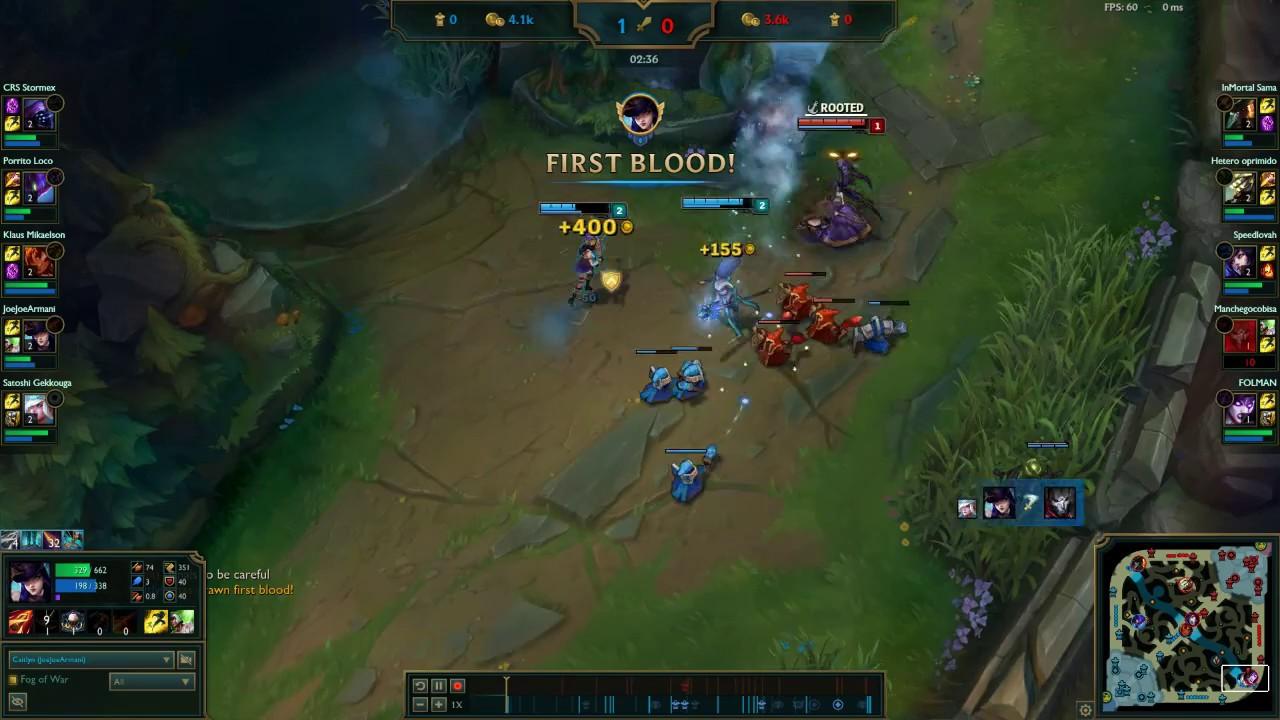
Wave Management Techniques for ADC: Wave management goes beyond simple last-hitting. It's the art of manipulating minion waves to your advantage. Whether it's slow pushing to set up a gank or freezing to deny enemy CS, these techniques can tilt the lane in the ADC's favour.
Working with Supports: Synergies and Communication: Behind every great ADC is a synergized support. Recognizing power spikes, coordinating engages, and mastering the dance of bot lane duo are essentials in the ADC coach's toolkit.
Dealing with Different Matchups: From the poke-heavy lanes of Caitlyn and Morgana to the all-in threat of Leona and Draven, understanding and adapting to various ADC-support combinations is pivotal.
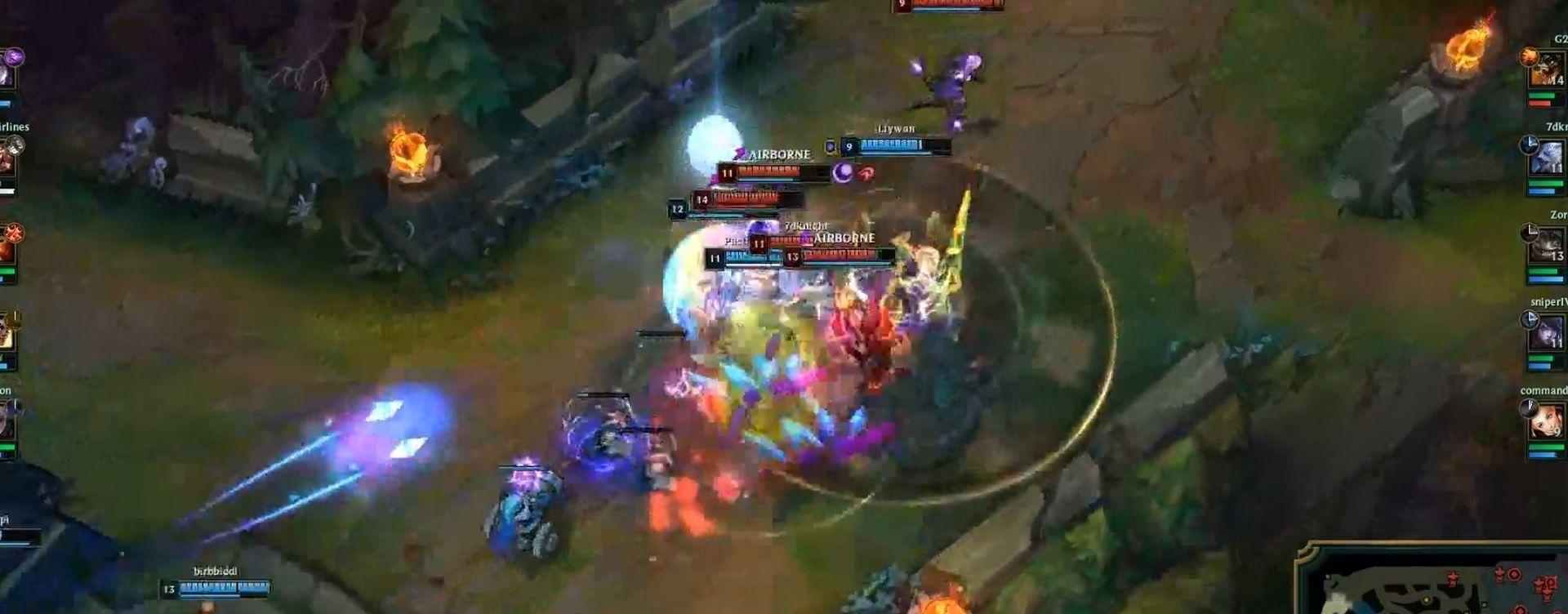
ADC Positioning in Team Fights: Amidst the chaos of team fights, an ADC's positioning is paramount. A well-placed auto-attack can decimate foes, but missteps can be costly. Coaches train ADCs to maintain optimal positioning, balancing offence with defence.
Target Selection and Kiting: Not every enemy is equal. Identifying primary threats and mastering the art of kiting can exponentially elevate an ADC's impact during skirmishes.
Survivability Tactics: Sometimes, the best offence is a good defence. Coaches use items like Quicksilver Sash or positioning tools like Galeforce to teach ADCs how to stay alive and continue dishing out damage.

Building Mental Resilience in ADC Players: The mental game is as crucial as in-game skills. ADC coaches fortify their players' mental resilience, equipping them to handle the pressure of being the team's primary damage dealer.
Dealing with Pressure and Preventing Tilt: Tilt - the nemesis of many a LoL player. Effective coaching equips ADCs with techniques to maintain composure, even when the odds stack against them.
Effective Communication within the Team: While ADCs often shine in the limelight, League is a team game. Cultivating clear communication channels and fostering trust among team members are cornerstones of ADC coaching.
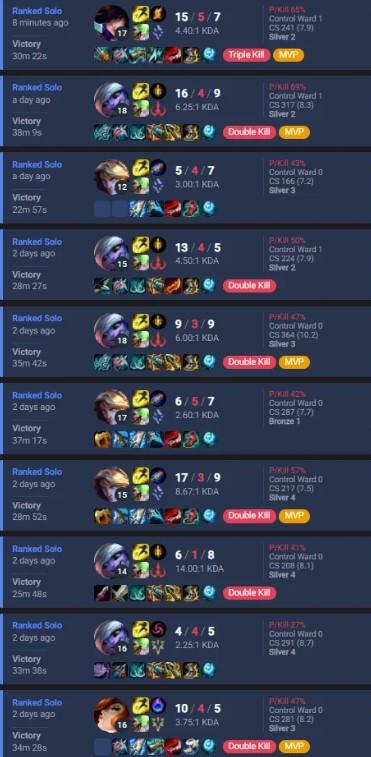
The Fast Track to Mastery: While self-learning has its merits, ADC coaching offers a streamlined path to mastery. Coaches pinpoint areas of improvement, provide actionable feedback, and accelerate the learning curve.
Tailored Strategies and Feedback: Generic advice can only go so far. ADC coaching is tailored, specific, and moulded to fit individual playstyles, strengths, and weaknesses.
Replay Analysis: Coaches often start with a review of past games, dissecting key moments and decisions. This helps pinpoint strengths, weaknesses, and areas of improvement.
Live Games: Coaches also do live game coaching where they can provide immediate insights and feedback while watching you play ranked games in real-time.
Custom Drills: Depending on the ADC's needs, coaches may set up custom games focusing on specific skills, such as CS drills, kiting exercises, or positioning challenges.
Mock Games: Some coaching sessions involve playing mock games with the coach acting as the support or opponent. It allows real-time feedback and hands-on guidance.
Strategic Discussions: Not all coaching is hands-on. Sometimes, it's about discussing strategies, champion synergies, meta trends, and theoretical scenarios.
Feedback and Homework: A coaching session typically concludes with feedback and assignments for the ADC to work on before the next session. That ensures continuous improvement and gives structure to the ADC's practice regimen.
Credentials and Experience: While a high ELO like Challenger is impressive, coaching requires a distinct skill set. Prospective ADCs should seek coaches with a proven track record and testimonials from former students.
Compatibility and Communication: A coach's teaching style should resonate with the student. Finding a compatible coach can make all the difference, whether it's a more analytical approach or a focus on mindset.
Best Platforms for Replay Analysis: Platforms like OP.GG offer invaluable insights for ADC coaching. Analyzing replays can uncover nuances, mistakes, and areas ripe for improvement.
In-game Tools and Mods: From customized HUDs to intricate keybindings, in-game tools can enhance the ADC's gameplay, making mechanics smoother and more intuitive.
Recommended Readings and Videos for ADC Strategies: Resources like Mobalytics, Porofessor.gg, and specific ADC-focused content creators offer deep dives into strategies, builds, and more.
A Look Back at Past ADC Metas: From the era of auto-attack hypercarries to the spell-casting ADCs, the meta has seen seismic shifts. Exploring past metas offers insights into the role's evolution.
Adapting to the Current Meta: Meta isn't just a buzzword. With patches, buffs, and nerfs, adapting to the current meta can be the edge an ADC needs. Coaching aids in this adaptation, ensuring ADCs remain at the forefront of the game.
Predictions for Future ADC Metas: Peering into the crystal ball, seasoned coaches can sometimes predict meta shifts, preparing their ADCs for the future.
Establishing Trust and Open Communication: A robust coach-player bond enhances the learning process beyond strategies and mechanics. Trust fosters a conducive environment for feedback, growth, and improvement.
Addressing Mistakes and Areas of Improvement: With trust comes transparency. Coaches candidly address mistakes, turning them into learning opportunities.
Celebrating Successes and Milestones: Every pentakill, every promo won, and every in-game achievement is a testament to the player-coach synergy. Celebrating these moments fosters motivation and morale.
ADC coaching is more than just refining mechanics or understanding the meta. It's an ongoing dance of strategy, psychology, passion, and constant improvement.